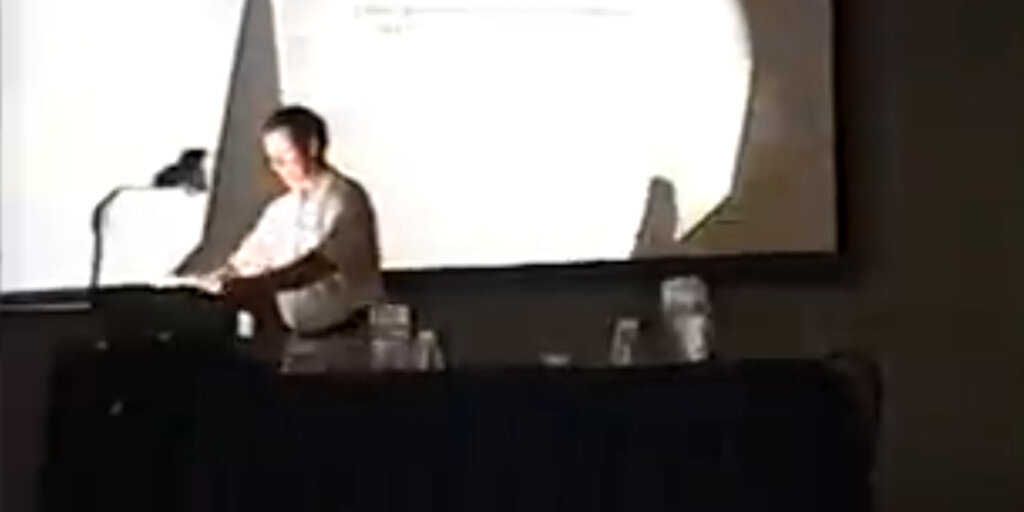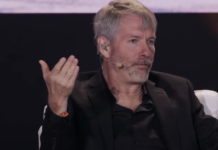
A video of American software developer and early Bitcoin pioneer Hal Finney talking about zero-knowledge proofs 25 years ago resurfaced on Twitter this week.
The footage is taken from the 18th annual International Cryptology Conference at University of California, Santa Barbara in 1998, aka “Crypto ’98”.
“I want to prove to you that I know a message that hashes to a given hash value using the SHA-1 hash. I don’t want to reveal anything about the message to you. It’s a zero-knowledge proof, and I’ve written a program to do this that I’ll tell you about,” Finney begins.
📽️ NEW: Bitcoin legend Hal Finney discusses Zero-Knowledge Proofs in a newly unearthed presentation, made 25 years ago at Crypto ’98 in Santa Barbara.
Have you ever heard @halfin‘s voice before? 🤯 pic.twitter.com/HdddworTsg
— Trust Machines (@trustmachinesco) September 20, 2023
Later in the talk, he credits Ronald Cramer and Ivan Damgard for having invented the zero-knowledge proof system he’s demonstrating and praises it. “They presented it this Thursday at this conference, ‘Zero-knowledge proofs for finite field arithmetic,’” Finney said, calling it, “very efficient and quite flexible.”
In the world of crypto, zero-knowledge proofs are a type of protocol used to help secure and scale a blockchain network. They’re most notably employed in rollups.
Rollups are a type of scaling solution that “rolls” multiple transactions together. The final transaction is presented to the blockchain as a single transaction.
There are two main types of rollups: Optimistic and Zero Knowledge. Optimistic rolllups assume that all the information rolled together is valid while allowing observers to contest any transactions and submit it to Ethereum network validators to confirm and correct any errors.
Zero-knowledge rollups–(zk-rollups)–on the other hand, rely on zero-knowledge proof cryptography, which allows a key detail, such as how old someone is, to be mathematically proven without disclosing additional information, like that person’s birth date.
Hal Finney–the Bitcoin pioneer
Harold Thomas Finney II was born in California in 1956 and died in Arizona in 2014 from complications caused by motor neurone disease. True to his futurist ideals, his body has been cryopreserved by the Alcor Life Extension Foundation.
On January 11 2009, Finney tweeted he’s “running Bitcoin” which, if true, could mean he was the second person to run the software after its pseudonymous creator Satoshi Nakomoto.
The following day, he received 10 BTC from Nakomoto—the first Bitcoin transaction ever concluded. Given the scarcity of details about Nakomoto’s identity, some within the Bitcoin community today believe that Finney likely was Satoshi—or at least one of a group of developers behind the pseudonym.
At the end of last year, Finney’s Twitter account came back to life after a decade of inactivity: “This is Fran Finney,” tweeted Finney’s widow under his Twitter handle. “I am tweeting for Hal to avoid his account being purged by Elon.”
Finney also first referred to NFTs two decades before the fact.








